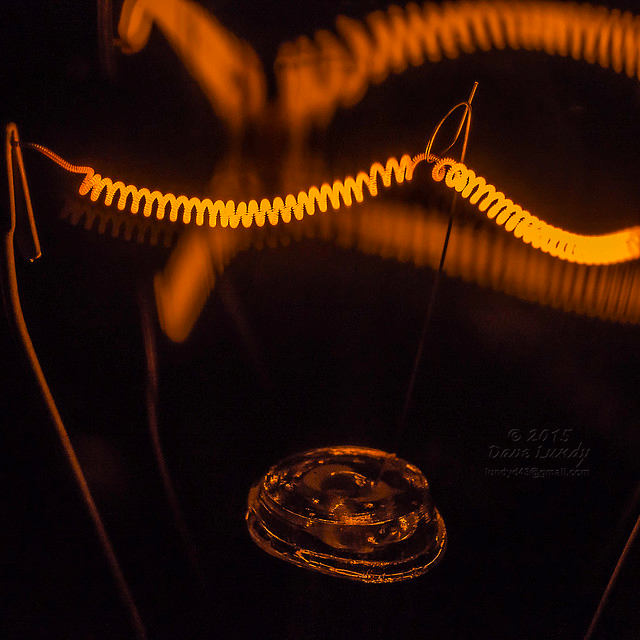
My research straddles both philosophy and science. My philosophical research is at the intersection of philosophy of science (particularly philosophy of physics) and philosophy of religion. My core interest in the philosophical foundations of physical cosmology ties together both philosophical areas. A broad family of arguments in philosophy of religion — cosmological arguments — identify some ubiquitous feature of physical reality and then claim that, in light of that feature, the totality of physical reality must have a cause, typically claimed to be God. However, cosmological arguments raise perennial philosophical issues that should be of interest to philosophers with no interest in God (particularly to philosophers of physics and metaphysicians), that should not be marginalized to philosophy of religion, and that form the core of a fruitful philosophical research program. I am investigating the scope and nature of causation in order to determine whether the totality of physical reality could have had a cause; what it means for physical reality to have had a beginning; and whether and under what conditions we could know that physical reality began to exist. I am currently writing a monograph that investigates the epistemology of physical cosmogony.

As a postdoctoral fellow in the Yesselman Group in the Department of Chemistry at University of Nebraska-Lincoln, I investigated how the physical properties of RNA determine its three dimensional structure. RNA is important for both its biological functions and for its potential applications in diverse future technologies, such as biosensors, switches, pharmaceuticals, and vaccines. RNA is a complex and extremely flexible molecule, whose parts — like lego bricks — can be assembled in myriad ways. Two distinct parts of the same RNA molecule can contact one another in three dimensional space and thereby form tertiary contacts; in turn, the formation of tertiary contacts locks an RNA molecule into a stable three dimensional configuration. At present, there is no general predictive model of tertiary contact formation. I addressed this research gap through the first high-throughput investigations of tertiary contact formation.

I care deeply about undergraduate education and have ongoing pedagogical research. I have designed and built a prototype for a single device that can be used in physics, chemistry, or engineering classrooms to demonstrate some of the pivotal phenomena that initiated the twentieth century’s revolution in the physical sciences. My device makes use of the fact that some car tail light bulbs contain two tungsten filaments. When current is run through one of the filaments, the filament heats to incandescence and spontaneously emits electrons. The other filament can be used to detect the emitted electrons. This phenomenon is called thermionic emission. Thermionic emission was pivotal in the early development of quantum mechanics and is one of the core principles in the operation of early computers, particle accelerators, microwave ovens, high end audio amplifiers, and in an earlier generation of televisions. In addition to demonstrating thermionic emission, the device can be used to demonstrate blackbody radiation and the fact that electrons carry a negative charge. While I originally designed the device for use in university classrooms, I am redesigning the device using cheaper components so that the device will be affordable for low income high schools.
On this page, you can find links to my publications, curriculum vitae, media appearances, Google Scholar page, Academia.edu page, and my Phil People page.
Header background: Helen Lundeberg: Microcosm and Macrocosm, 1937; oil on Masonite; 37 x 19 1/2 in.; Los Angeles County Museum of Art, Los Angeles.